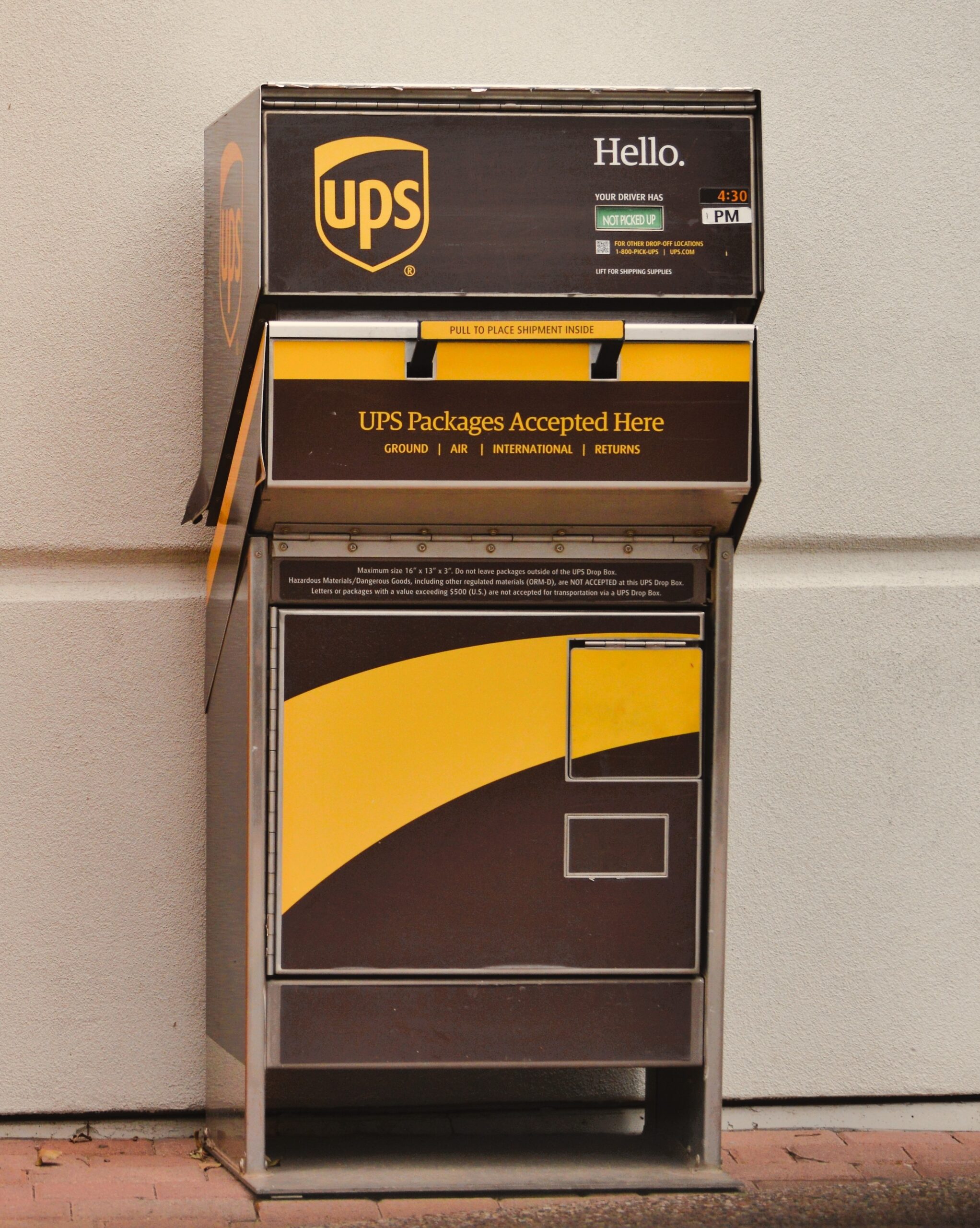In today's fast-paced world, efficient logistics operations are more crucial than ever, especially for businesses that rely on timely deliveries. One significant concept that has emerged in this sector is the “UPS drop.” This term refers to the process and implications of dropping off packages at UPS locations for shipping. Understanding UPS drop can empower businesses and individuals alike to optimize their shipping strategies and enhance customer satisfaction. As e-commerce continues to thrive, the significance of mastering UPS drop becomes increasingly evident.
The UPS drop system offers a streamlined approach to package delivery, allowing users to drop off their items at designated locations rather than waiting for a courier to pick them up. This method not only saves time but also provides flexibility for those who may have tight schedules. In addition, it opens up a world of possibilities for efficient logistics management. By familiarizing oneself with the UPS drop process, businesses can ensure they meet their shipping timelines, retain customer loyalty, and ultimately drive sales.
As we delve deeper into the concept of UPS drop, we will explore its various aspects, including how it works, the benefits it provides, and tips for optimizing the process. With the right knowledge and understanding of UPS drop, individuals and businesses can navigate the world of logistics more effectively, ensuring that their packages reach their destinations safely and on time.
What is UPS Drop and How Does it Work?
UPS drop refers to the act of delivering packages to designated UPS drop-off locations. These locations can include UPS stores, authorized shipping outlets, or UPS Access Point locations. Once a package is dropped off, UPS takes responsibility for processing and delivering it to the recipient. The process usually involves the following steps:
- Package preparation: Ensure your package is securely packed and labeled with the correct shipping information.
- Find a drop-off location: Use the UPS website or app to locate the nearest UPS drop-off point.
- Drop off the package: Bring your package to the designated location and hand it over to a UPS employee or drop it off in a designated area.
- Track your shipment: After dropping off your package, you can track its progress through the UPS tracking system.
What Are the Benefits of Using UPS Drop?
Using the UPS drop system comes with numerous advantages for both businesses and individuals. Here are some of the key benefits:
- Convenience: Users can drop off packages at their convenience, eliminating the need to wait for a pickup.
- Flexibility: With multiple drop-off locations available, users can choose the one that best fits their schedule.
- Time savings: The UPS drop process is typically quicker than scheduling a pickup, allowing for faster shipping.
- Reduced shipping costs: Dropping off packages can sometimes lead to lower shipping rates compared to requesting a pickup.
How Can Businesses Optimize Their UPS Drop Strategy?
To make the most of the UPS drop process, businesses can implement several strategies:
- Evaluate drop-off locations: Identify the most convenient drop-off points for your shipping needs.
- Train employees: Ensure staff is well-versed in packaging and labeling protocols to avoid delays.
- Monitor shipping times: Use UPS tracking features to analyze delivery timelines and adjust processes accordingly.
- Streamline inventory management: Coordinate your shipping activities with inventory levels to maintain efficiency.
What Challenges Are Associated with UPS Drop?
While the UPS drop process offers various benefits, there are challenges that users may encounter:
- Location accessibility: Not all areas have easy access to UPS drop-off points.
- Package restrictions: Certain items may be prohibited from being shipped via UPS drop.
- Tracking issues: Users may experience delays in tracking updates if packages are not properly labeled.
Are There Alternatives to UPS Drop?
While UPS drop is an effective solution for many, there are alternative shipping options to consider, including:
- FedEx Drop: Similar to UPS drop, FedEx offers drop-off services at various locations.
- USPS Drop: The United States Postal Service also provides drop-off options for package delivery.
- Local courier services: Depending on your location, local couriers may offer on-demand delivery services.
How Does UPS Drop Impact Customer Satisfaction?
The efficiency of the UPS drop process can significantly influence customer satisfaction. Here are a few ways it can impact customer experiences:
- Timely deliveries: Quick drop-off and processing can lead to faster delivery times.
- Improved tracking: Customers can easily track their packages, reducing anxiety related to shipping.
- Enhanced service options: The convenience of UPS drop allows customers to choose when and where they drop off their packages.
Conclusion: Embracing the UPS Drop Process
In conclusion, understanding and leveraging the UPS drop system can offer significant advantages for both businesses and consumers. By optimizing shipping strategies and embracing the convenience of drop-off locations, users can enhance their logistics operations and improve customer satisfaction. As the world of e-commerce continues to evolve, mastering the ins and outs of UPS drop becomes essential for success.




